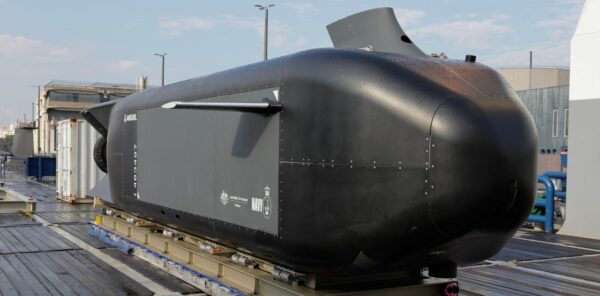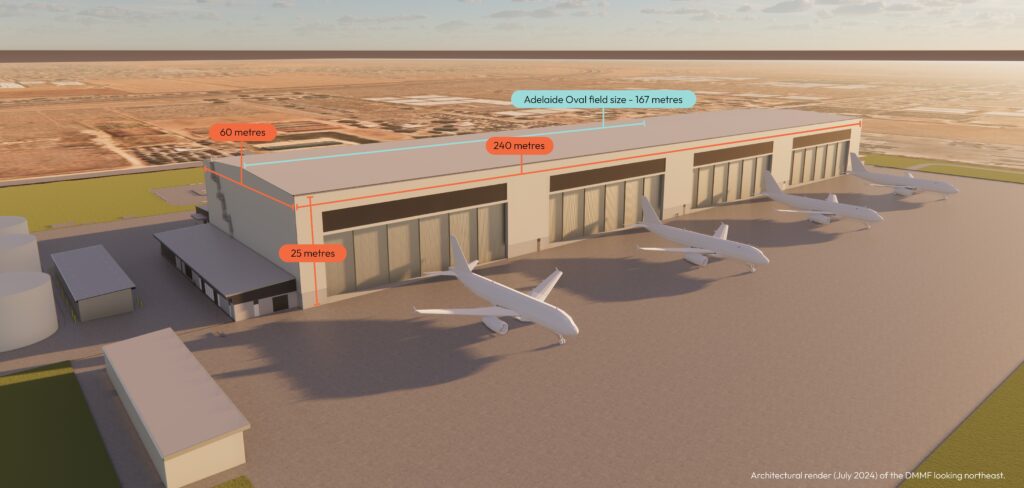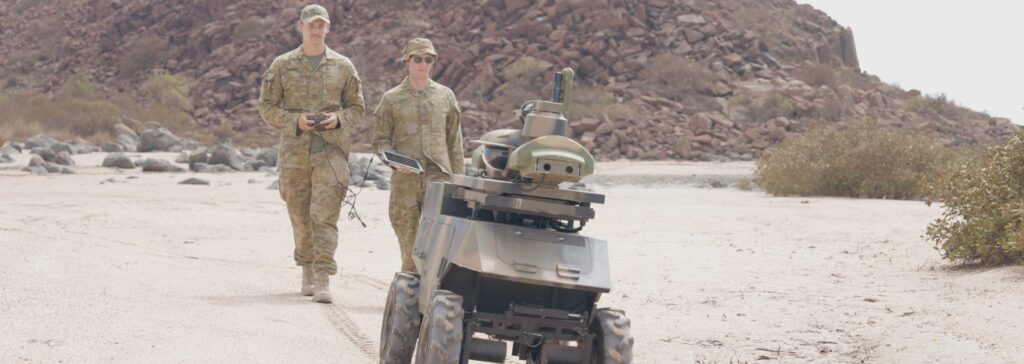Herne is a robot submersible about the size of a single-decker bus designed and built to respond to growing underseas attacks to data and power cables.
The UK believes Moscow operates a highly-specialised “cable sabotage” force to attack cables in the Baltic and North seas and Herne is their response.
Once fully operational in 18 months, Herne will be able to sail the North Sea for up to two months at a time or lie dormant on the seabed for up to nine months, manufacturer BAE Systems says.
Its advanced sensors can detect incoming threats to fibre optic cables, electricity lines or gas pipe lines and remotely destroy or disrupt these threats.
AUSSIE ANSWER
Australia has its own answer to the Herne: the Ghost Shark.
Last year, Canberra decided to accelerate production of its $90m long-range robot submersible program.
The submersible is being built by Anduril Australia and will have surveillance, intelligence and strike capabilities.
The two parties have spent $20m each to bring the program from the prototype stage to production and the company will build a factory to make it for the navy and overseas partners, as well as a commercial model.
The head of Advanced Strategic Capabilities Accelerator agency, Professor Emily Hilder says: “The co-funded early works contract between Anduril Australia and Defence will accelerate production readiness of the Ghost Shark program as well as scale the Australian supply chain at an unprecedented pace.”
AUKUS
Meanwhile, over in the US, Australia’s undersea warfare forces joined their AUKUS counterparts in further refining their skills and equipment for subseas warfare.
They were taking part in a two-week subseas and seabed warfare (SSW) exercise held at Norfolk, Virginia.
The event involved cutting-edge robotic and autonomous systems using artificial intelligence and machine-learning systems.
The Australians used their robotic and autonomous vehicles to identify, monitor and neutralise seabed threats during the exercise; this involved defending underseas infrastructure, salvaging equipment and disarming hazardous objects.







